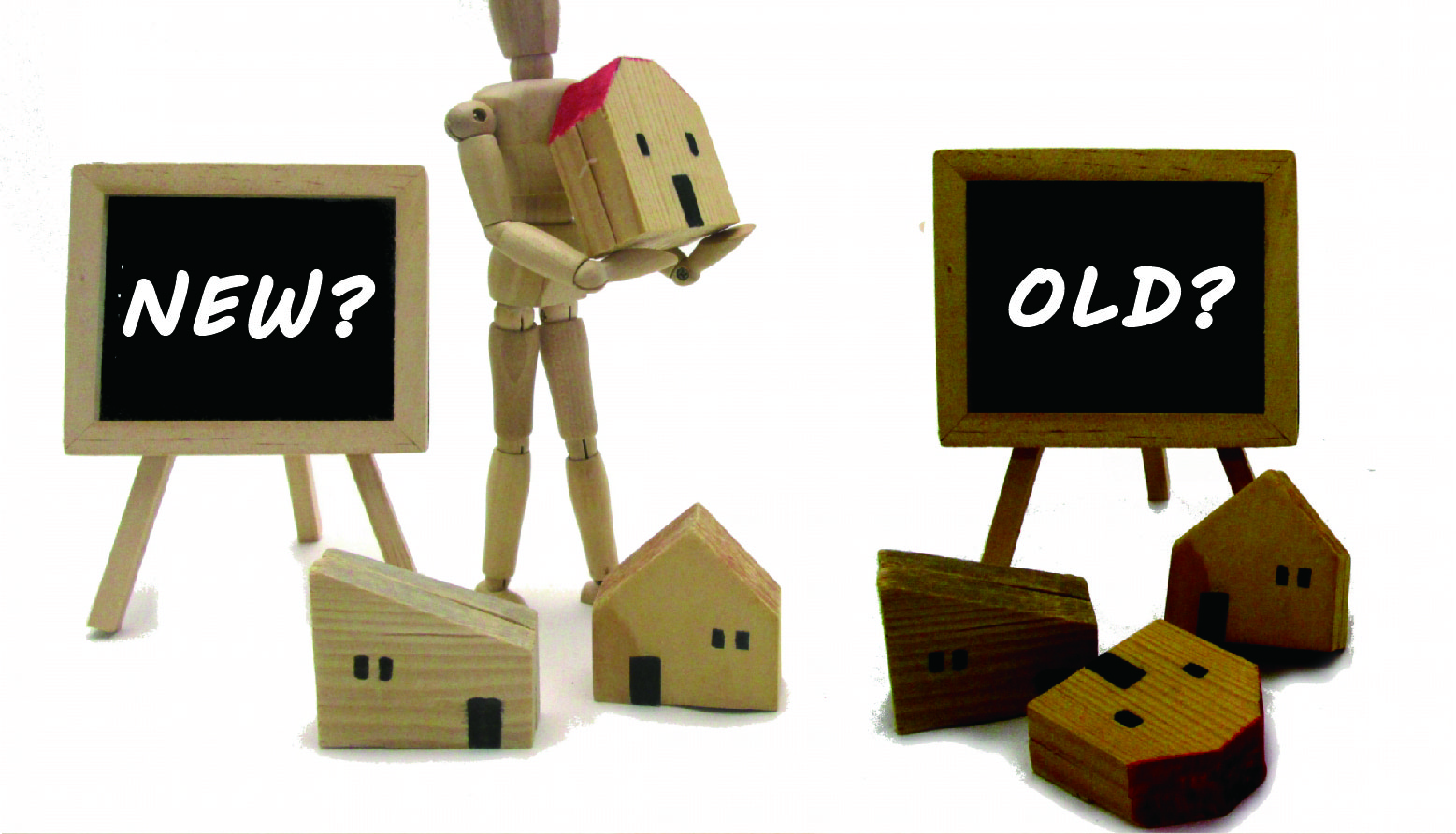Is it better to invest in a new construction property or a second-hand one?
What are the factors affecting the decision making on the choice of property?
Here is a comparison of the pros and cons of both new and old properties in Japan.
As there is always pros and cons for different kinds of property and hence it is important to understand the merits or demerits when considering different choices.
This article is going to further explain the potential benefits and risks of both new and old properties in Japan.
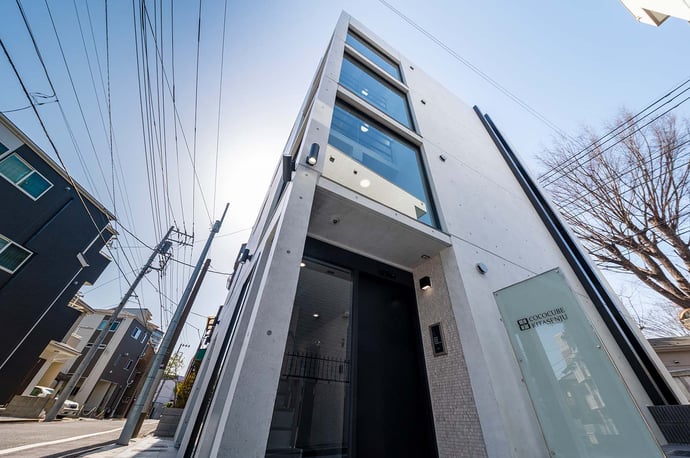
For better understanding and explanation of the pros and cons of both new and old properties, the following criteria are preset:
- Property built within a year is defined as "new property"
- Property built over a year and less than 5 years are defined as "young pre-owned property"
- Properties built over 5 years are defined as "old pre-owned property"
- All properties are built with reinforced concrete (RC)
- All properties are located at the outbound area* of JR Yamanote line in 23 special wards of Tokyo and within 10-miniute walk from station.
- Other than the above, the conditions/criteria of all properties are presumed to be the same.
* JR Yamanote line is one of the most popular train lines in Tokyo, which is a circular line with areas inside the circle (inbound area) and outside the circle (outbound area).
Content
(1) Advantages of new/ young pre-owned properties
1.1 Stability of income
1.2 Possibility of long-term mortgage
(2) Weakness of new/young pre-owned properties
2.1 Comparatively higher prices and lower yields?
2.2 Possibility of zero initial income?
(3) Advantages of old pre-owned properties
3.1 Lower price and higher yield?
(4) Weakness of old pre-owned properties
4.1 An unexpected maintenance/repair cost?
4.2 Higher cost to maintain occupancy rate?
4.3 Difficulty in obtaining a mortgage?
(5) Conclusion
(1) Advantages of new/ young pre-owned properties
1.1 Stability of income
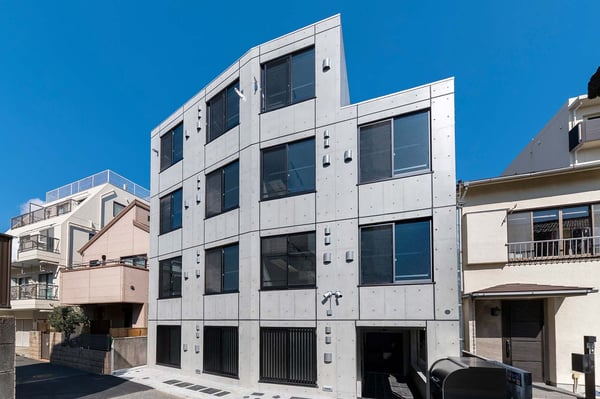
In Japan, the demand for new and young pre-owned properties is always higher than that of old ones for both physical and psychological reasons. People prefer a home with new facilities and even to be the first in a house. In this regard, higher rental rates are possible for new/young properties. With higher demand, it is not difficult to achieve a full occupancy rate.
Besides, the risk of unexpected expenses for maintenance and repairs is low as it is uncommon to have incidents of sudden breakdown of facilities in new/young properties. All these can increase the stability of the investment return.
Higher rental rates, lower risk of vacancy and unexpected maintenance costs are the reasons for the stability of return enjoyed by investing in new/young properties.
1.2 Possibility of long-term mortgage
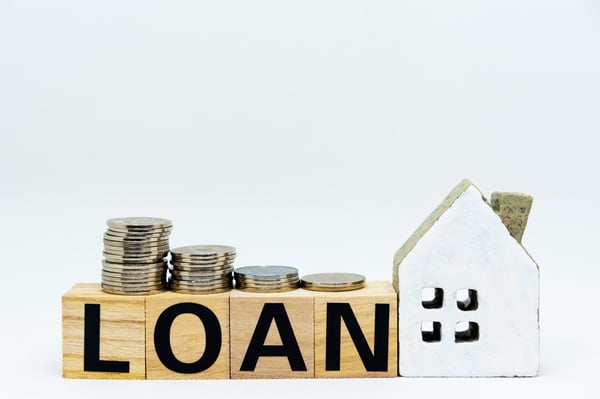
It might be common for investors to apply for a mortgage when considering property investment. Many might prefer to have a long-term mortgage instead of a short-term one. Yet the loan application procedure and examination criteria for investment properties in Japan are sophisticated, and it is quite hard for some kinds of properties to get a long-term loan. In addition to the issue of excess loans for share-house investment properties in 2018, the approval procedure for loan applications tends to become stricter, especially for the loan period.
One of the determinants for the loan period is the statutory durable years of the property. In Japan, the statutory durable year of property is specified by the Tokyo Bureau of Taxation, which is based on the construction materials used. For example, the statutory durable year of a wooden house is 22 years while it is 47 years for a house constructed of reinforced concrete. In the past, property built with a wooden structure could enjoy a 40-year mortgage. But nowadays, it is shortened to 35 years as per the remaining statutory durable year of the wooden property.
Therefore, the possibility of getting approval for a long-term loan would be higher for a new/young pre-owned property with an RC structure. A long-term mortgage can further be beneficial to the cashflow of an investor.
* Regarding the financial criteria required by different financial institutions, most of them are based on the evaluation of the credibility examined from the property assessment, individual attributes, as well as assets on hand of the applicants. Therefore, there is no guarantee for applicants to get loan approval with their desired terms.
(2) Weakness of new/young properties
2.1 Comparatively higher prices and lower yields?
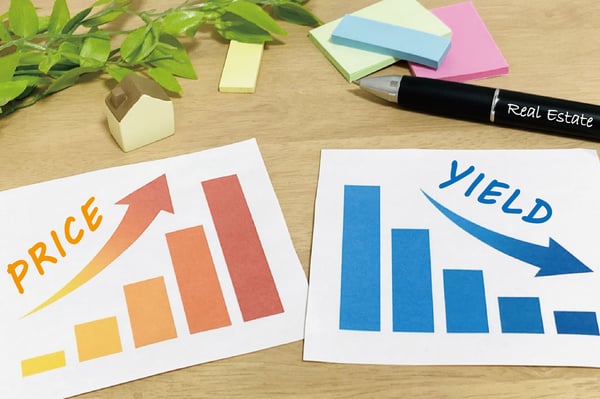
With the merit of stable return mentioned above, plus the demand for new/young pre-owned property is competitively higher, the asset value tends to be higher than old property and so as the property price.
There are a number of reasons behind the high market demand for new/young pre-owned property. Other than the "new" factor, the property location, construction design, construction materials used, equipped facilities, etc of the property are also key determinants for the market demand. With respect to the growth rate of property prices, the rental rate might not grow at the same pace. In this regard, there would be a possibility of getting a relatively low yield for new and young property.
For example, even if a new building has a reinforced concrete structure and is located close to the station in the 23 special wards of Tokyo, it is not uncommon for its yield to be lower than 5% p.a.* In the case of mortgages, a comparatively lower yield might increase the repayment ratio, which will affect the cash flow of the investors.
* p.a. is the abbreviation of "per annum".
2.2 Possibility of zero initial income?
In Japan, there is a legal definition for the words "new building". According to the Act on Promotion of Housing Quality Assurance (Quality Assurance Law), "new building" is defined as "a newly constructed house that has not yet been occupied by any tenant and is within one year from the date of completion of construction work." However, there is a norm in the property industry of using the expression "newly built and fully occupied" to refer to a new construction building with full occupancy.
In this regard, there is a possibility of having vacant rooms when acquiring a completely new building. As the average leasing period for a new unit varies from 1 month to 3 months, which depends on different leasing strategies, there might be a risk of getting zero income in the preliminary period after acquisition. This period might be prolonged if the lease falls into the off-peak season like June and July, as the peak season for searching houses in Japan is mainly during the period from January to March.
Most of the rooms of newly built properties may be vacant during acquisition. In this case, the actual rental income might be below the expected one, and this situation might be sustained during the leasing period, which might last for several months. Besides, extra costs might be incurred for leasing advertising or other related costs. Reduced rental income will affect cashflow which in turn deteriorates the repayment ability of the property mortgage.
(3) Advantages of old pre-owned properties
3.1 Lower price and higher yield?
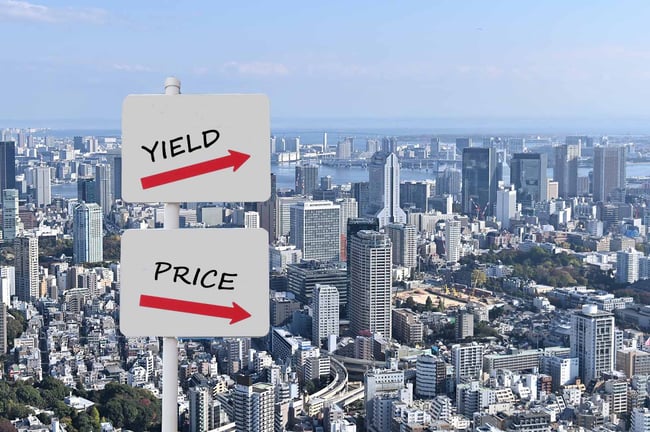
Generally, the price of old pre-owned properties in Japan tends to fall with increasing building age. One of the reasons behind this tendency is that most Japanese prefer new/young pre-owned property rather than older ones, which lowers the market demand for old property. The falling price is more obvious for property located far away from train station. Therefore, for investors with a lower budget, old properties with lower competitive prices might be a good choice for investment.
Although the property value might decrease with the increasing building age, the rental rate might not go down on the same scale as the rental rate is relatively more steady than the property value in the property market of Japan. This is especially true for property in a good location that is close to a train station. Thus, a higher yield could be received from the old property. With the possibility of a higher yield, better cashflow can be generated, which will increase the chance of getting loans with favorable terms.
In fact, there are some old pre-owned properties located in metropolitan areas like Tokyo that can still maintain a relatively stable or even high asset value. As long as the price of these old pre-owned properties is still lower than those of new/young pre-owned properties, with the same rate of rental and property criteria, the yield of an old pre-owned property could be higher than a new/young pre-owned one. Therefore, it is possible for a 30-year-old pre-owned property with a yield of 7% p.a. to compete with a 5-year-old RC structured property with a yield of only 5% p.a..
(4) Weakness of old pre-owned properties
4.1 An unexpected maintenance/repair cost?
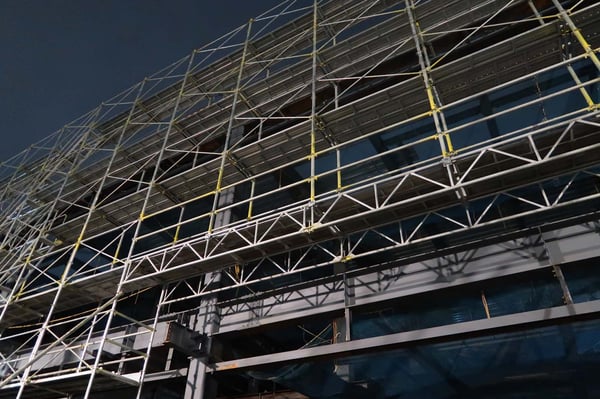
If one is planning to invest in old pre-owned property, the potential maintenance and repair costs should not be neglected as these costs are always higher than new/young pre-owned property and it is hard to estimate the actual costs due to unexpected incidents such as water leakage or facility breakdown. This kind of happening is not unusual for old properties. Even with well-estimated and planned maintenance and repair costs prior to acquisition, the potential risk of unexpected costs appears to be unavoidable.
Furthermore, in order to minimize the risk of unexpected maintenance costs, it is suggested to carry out a building inspection beforehand. Although this cost might be borne by the seller in some cases, there is still a risk of increasing the acquisition cost. Moreover, more time may be required to complete the entire transaction process due to the inspection, which may affect the investment plan and mortgage application.
4.2 Higher cost to maintain occupancy rate?
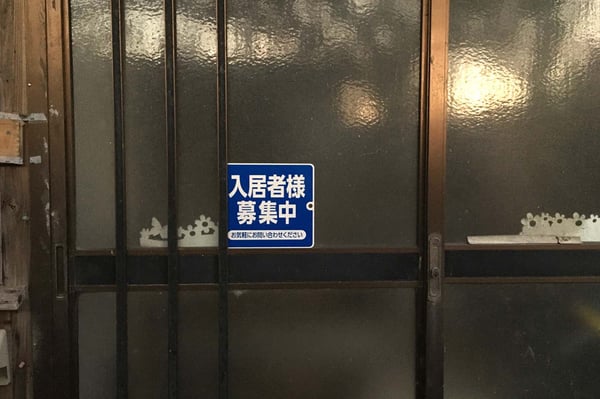
In spite of the fact that it is much easier for new/young pre-owned properties to get full occupancy, old pre-owned properties in good locations could also enjoy a high occupancy rate. However, with the reality that the market's competitive power decreases with increasing building age, the general demand for renting a new/young pre-owned apartment is always higher than an old one. Sometimes, extra costs might be incurred for prolonged leasing periods and required leasing advertising. The gross profit may be further eroded not only by these additional costs, but also by a decrease in rental rate to maintain a higher occupancy rate, the cashflow will also be affected.
4.3 Difficulty in obtaining a mortgage?
For those who are planning to get a long-term mortgage, acquiring an old pre-owned property might not be the most appropriate choice. Foremost, it is hard to get a full loan for an old pre-owned property. This means that more initial capital is required for the property investment. Also, as mentioned in the section before, the remaining statutory durable year of a property is one of the factors affecting the length of the mortgage period. With fewer remaining statutory durable years, the repayment period of a mortgage tends to be shorter. This will further increase the risk of a higher repayment ratio to rental income, which as a result will affect the cash on hand. Yet even though the yield of old property might be higher than that of new/young pre-owned property, it does not make much difference in cashflow at the end.
Some of the old pre-owned properties that still prevail in the market have zero statutory durable year or old earthquake-persistent criteria. Some of them even involve legal issues of unapproved conversion from a garage to shop space on the ground floor or building a prefab on the roof that is over the allowable floor area ratio. It is obvious that mortgage applications are difficult for these kinds of properties. As a consequence, the property could only be purchased by making full payment in cash, which might not be an option for those investors with limited cash on hand.
(5) Conclusion

In conclusion, as there are always two sides to a coin, whether the property is new, young or old, it is vital to evaluate every aspect of the property before making a decision. If an investor is looking for a stable income, low risk of extra maintenance costs, a new/young pre-owned property with a relatively higher price but a lower yield might be the choice. On the contrary, if a lower price and a higher yield are the investment objectives, an old pre-owned property might be the answer. In other words, there is no common formula for a successful property investment plan. Those who are interested in property investment are recommended to select a property that aligns with their investment criteria.
If you would like to learn more about property investment in Japan, please click here. >
You might have interest to read the following articles as well:
Why Reinforced Concrete (RC) Residential Building is good for long-term investment?.
What are the costs incurred when buying a property in Japan?.
(REF: B-PI-E03



